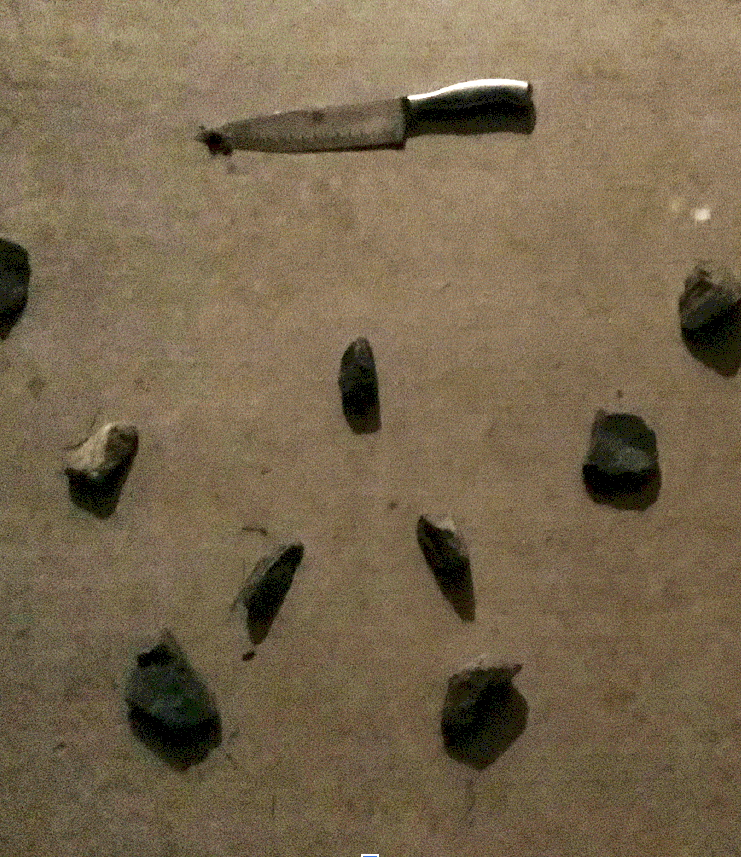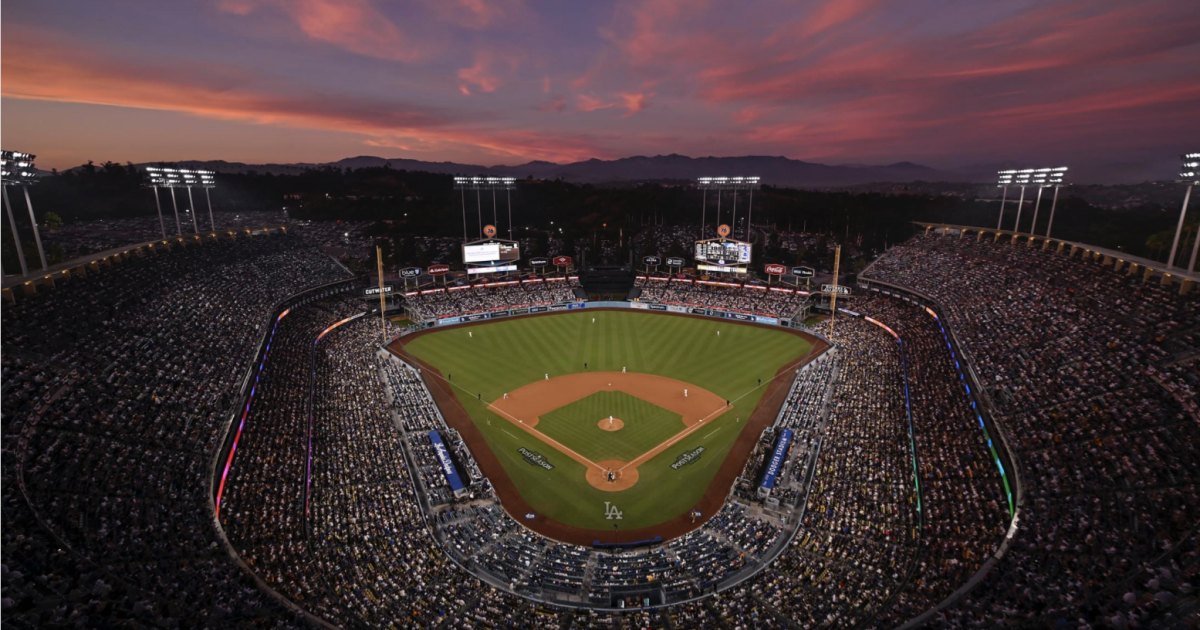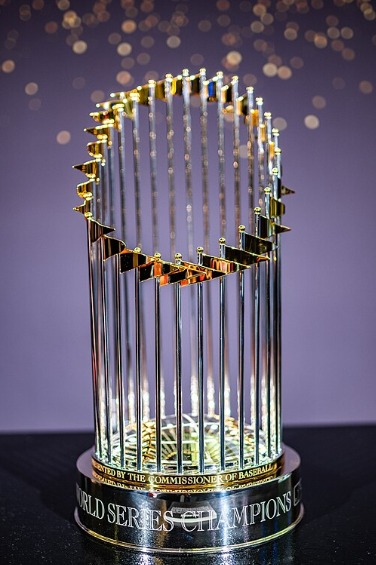Have you ever been in the middle of the desert with nothing but miles and miles of sand in every direction? This is exactly what it’s like on Arrakis. So how would you survive on a desert planet with the universe’s most powerful people trying to take your life
Viewers continued to find themselves enthralled by this intriguing idea in Dune: Part 2, earning the film an amazing 93% on the Tomatometer from professional critics.
The public audience also thoroughly enjoyed the sandy sequel, rewarding it with a well-deserved 95% Audience Score. To date, the move has also earned $375 million. This is significantly higher than its predecessor, Dune: Part 1, which earned about $41 million on its opening weekend in October 2021.
The Dune series of movies is a remake of the original Dune that came out in 1984 though that film did not have similar success. They do have in common a six-book series that was first published in 1965. It continues to be the world’s best-selling science fiction novel and still is today.
For those unfamiliar with Dune altogether, it’s important to build a little background. Dune: Part 1 portrays the House of Atreides (one of the Great Houses, which helped the emperor rule the known universe) being sent to a desert planet known as Arrakis. These Great Houses are fighting for control over Arrakis because the planet just so happens to be the only source in the universe for “the spice.” This substance, called Melange, lengthens lifespan, improves health, and heightens awareness. It is also the very thing needed for space travel, making it the most valuable resource in the universe, which is why each of the Great Houses wants to control Arrakis.
The planet is also deadly. Arrakis has unsuitable weather conditions that only the Fremen, Arrakis’s indigenous people, can survive due to their technology and adaptations to the desert. Temperatures range from 170° Fahrenheit to far below freezing. Arrakis also lacks any known natural bodies of water or rainfall. Moreover, the planet is home to an enormous species of Sandworms. They are known as Shai-Hulud by the Fremen, and they can grow to be over 1,300 feet long and 130 feet in diameter.
Dune: Part 1 concludes with a giant cliffhanger leading into its sequel. Besides the cliffhanger, there were also little bits of foreshadowing included throughout the film, and these continue to happen through Dune: Part 2 as a third movie is forthcoming.
Both Paul Atreides (played by Timothée Chalamet) and his mother (Lady Jessica played by Rebecca Ferguson) are ‘Bene Gesserit’ (one of the Great Houses’) descendants. Among the Bene Gesserit and the Freman is a prophecy of a boy who becomes known as Kwisatz Haderach. This prophecy between the two people groups is remarkably similar. The future leader is the Lisan Al Gaib, someone who will possess immeasurable power. The believers of this prophecy grow increasingly hopeful that Paul will bring this prophecy to pass.
In addition, the Fremen want Lady Jessica to become their Reverend Mother because their current matriarch is dying. She drinks this “Water of Life” which is a poison made from the sandworms, which makes her power hungry. Lady Jessica is convinced that all of the Fremen need to believe in the prophecy, so she goes to the South.
The Baron of House Harkonnen (played by Stellan Skarsgård) sends his violent and ruthless younger nephew, Feyd-Rautha (played by Austin Butler) to Arrakis in hopes of increasing spice production. The Baron’s older nephew, Rabban (played by Dave Bautista) failed to meet the spice production requirements.
When Paul and a group of Fremen troops attempted to free Arrakis from Harkonnen control, he found his old training master (Gurney Halleck, played by Josh Brolin), who Paul believed to have formerly died from the decimation of House Atreides. Since Paul’s father, the Duke of House Atreides, has passed, Paul is now the Duke of House Atreides. So, Gurney shows him where his family’s hidden stockpile of atomic bombs is kept, which dates back many, many generations.
The battles were intensified by modern theater tech which entices the viewer. The storyline is magnified by the shaking of the seats and floor during battles between the Fremen and the Great Houses, maximizing the THX 11.1 multi-channel surround sound system at our local Rialto Cinemark theater. It was impossible to escape the battle’s intensity.
Just like in Dune: Part 1, Paul had visions of the future throughout the film. His main vision that came and went expanded on a holy war that would break out across the known universe. And this would lead to him becoming all-powerful, which he didn’t want.
The Howl will just leave you on a cliffhanger just like the Dune franchise does, as we definitely don’t want to ruin the experience for you. But we will strongly recommend you go and see Dune: Part 2.
“I [thoroughly enjoyed Dune: Part 2,] I would give it a 10 out of 10 stars. I would describe the movie as long, suspenseful, and entertaining,” said Matthew B. We agree!
Dune: Part 2 is an exhilarating experience and the Howl recommends it to a PG-13 audience. Although it’s lengthy, it is worth the time. One piece of advice: watch the prequel first. It’ll give you all the backstory to a fascinating tale.
“Dune: Part 2 was a little more promising than Dune: Part 1 because there is more of a storyline to it,” explains Jose R. “The best thing about the movie was the iconic worms.”
You’re going to love those worms!
Rating: 4.5/5













